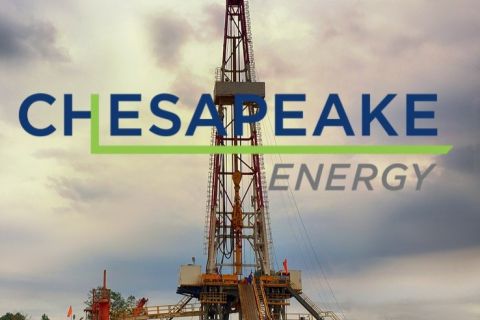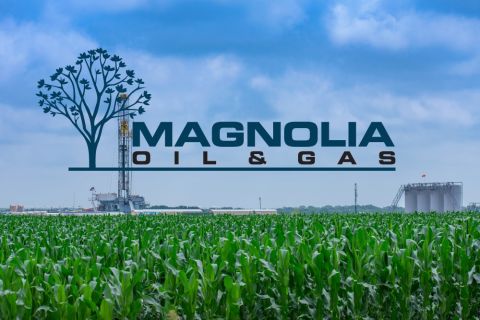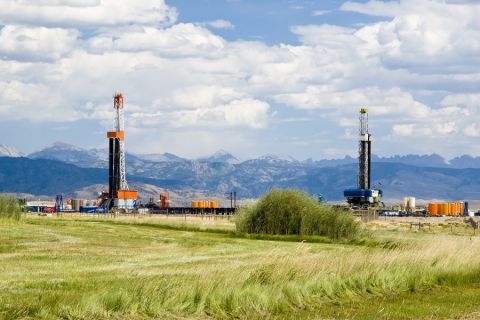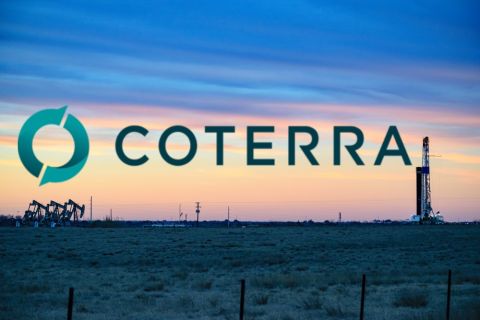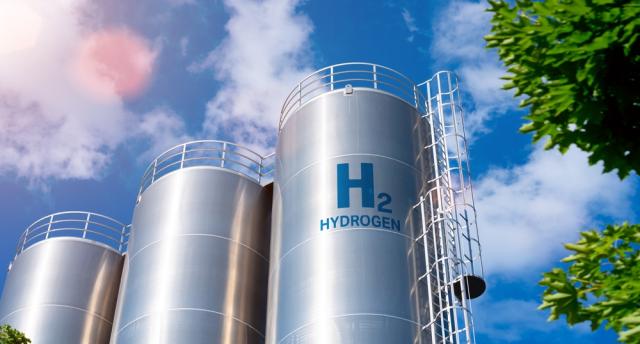
With extensive banking relationships, thousands of miles of transmission and pipeline, 200-gigawatts of development projects in the queue plus an innovative culture and millions of customers, NextEra Energy Resources is looking to seize opportunities in green hydrogen. (Source: Shutterstock.com)
With extensive banking relationships, thousands of miles of transmission and pipeline, 200-gigawatts of development projects in the queue plus an innovative culture and millions of customers, NextEra Energy Resources is looking to seize opportunities in green hydrogen.
The clean energy arm of Florida-based NextEra Energy Inc., which boasts a market cap of more than $150, is eyeing potential investments of more than $20 billion in hydrogen projects, incentivized by the Inflation Reduction Act.
“But if there’s one thing I’ve learned over the last 18 months, that has been really obvious over time, is that we are going to need partners,” NextEra Energy Resources CEO Rebecca Kujawa said May 17 during the World Hydrogen North America conference in Houston.
Partnerships will be needed with innovators, green hydrogen producers, customers and financial institutions as well as regulators and broader stakeholders, she said, “to create ecosystems that ultimately bring this opportunity to reality.”
Hydrogen and its decarbonization abilities are on the radar of energy companies looking to lower emissions. Plentiful in supply, hydrogen has near-zero greenhouse-gas emissions, and it generates electricity with two byproducts: water vapor and warm air.
While it is mainly used today in refining petroleum and to make ammonia — a main ingredient in fertilizer — hydrogen supporters see potential for hydrogen to not only displace carbon-emitting fossil fuels in existing markets but also grow in use in powering fuel cells, generating electricity and serving as transportation fuel.
Identifying hydrogen challenges
However, hydrogen’s future in a lower-carbon world depends on its ability to overcome challenges, including cost, demand and producers’ ability to scale.
The deployment curve will be crucial, according to Kujawa.
Producing green hydrogen, which comes with significant upfront capital costs for equipment and renewable energy, is not as simple as just installing some wind turbines or solar panels, plugging into the electrolyzer and adding water, she said. Developers must understand wind and solar resources, the topography of the transmission grid, transportation and markets where they operate.
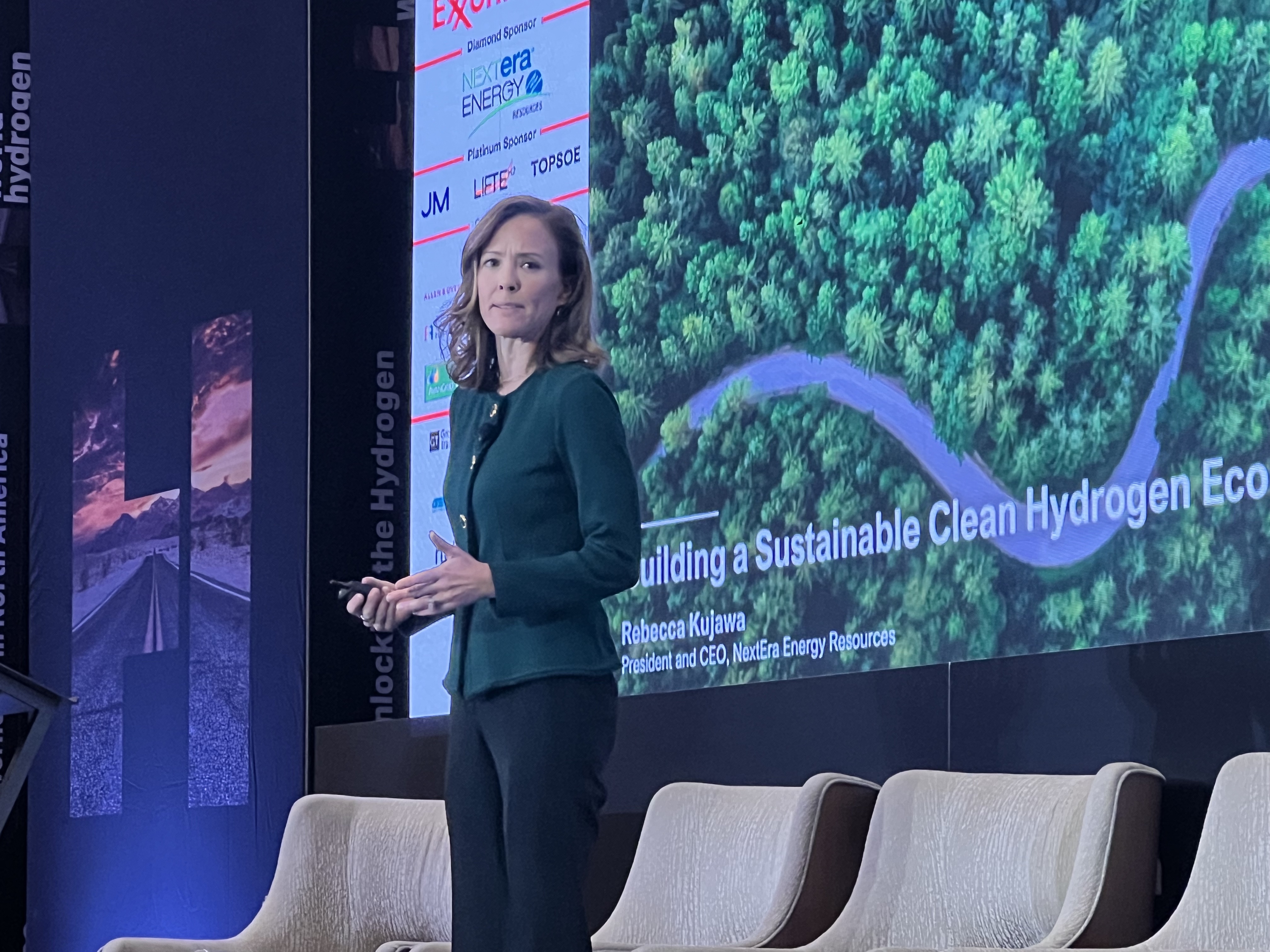
The most economic place to produce hydrogen molecules may not be where the hydrogen will be consumed, Kujawa said. Other considerations, she added, include accounting for energy deficits that must be supplemented from the electric grid.
Plus, “we need to have buildable land, not just for the renewables and the electrolyzers, but also for the transmission and transportation aspects needed to get the electrons turned into molecules and molecules to who needs to consume them.”
Water is another factor, given it’s needed as part of the electrolysis process to produce green hydrogen. “From a practical standpoint, we work with partners, municipalities, other stakeholders that have access to water in order to be able to deploy green hydrogen,” she said.
NextEra said in January it is creating algorithms to find green hydrogen sites across the U.S. to leverage its interconnection and land inventory position. It is also participating in the development of hydrogen hubs in the southwest and southeast.
‘Logical partner’ for green hydrogen
The company’s potential projects include a green hydrogen facility to tie into an existing Illinois-based CF Industries’ ammonia plant to produce green ammonia as well as a green hydrogen project using solar resources with Linde in Arizona for the transportation market.
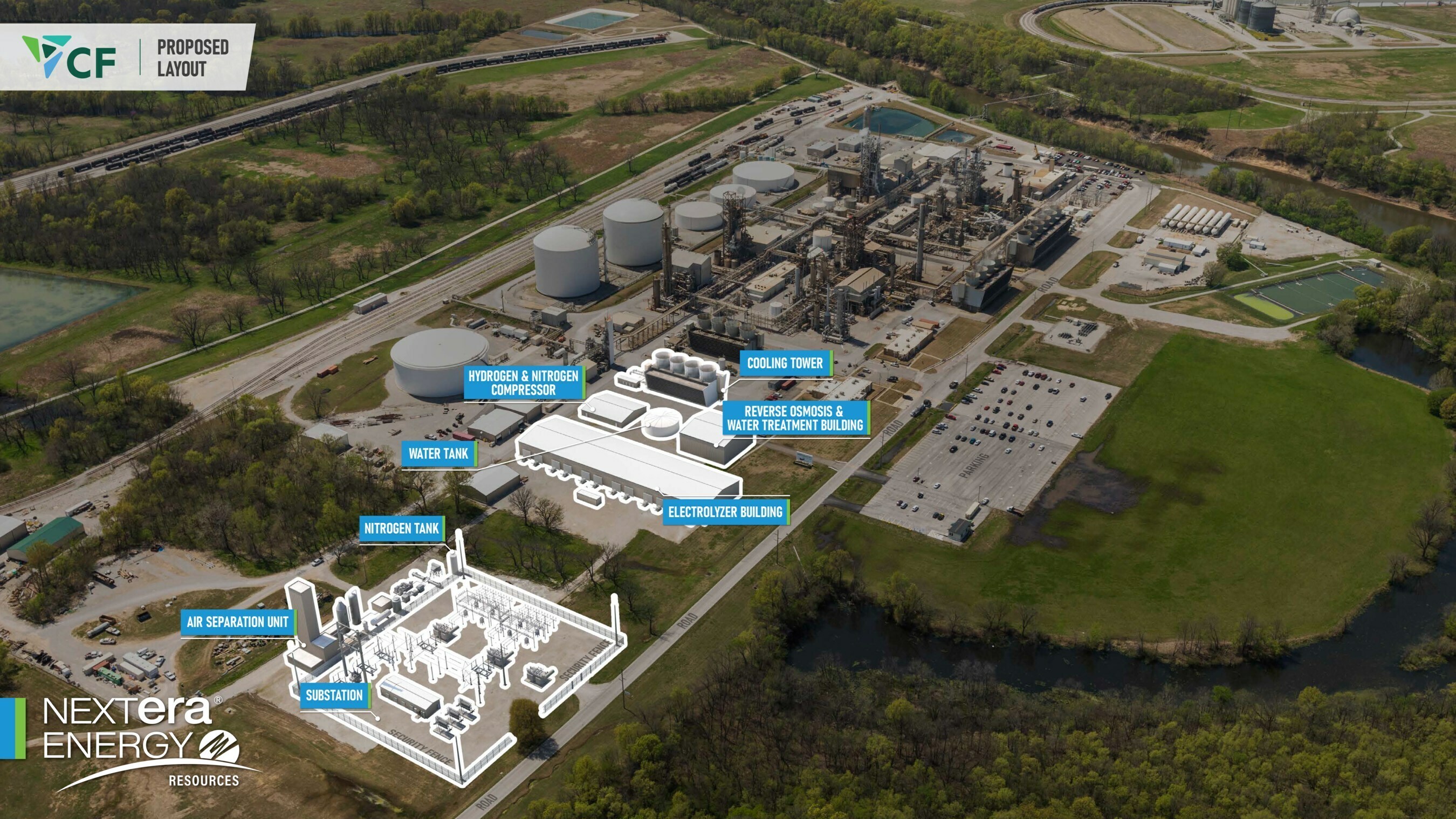
NextEra’s sister company, Florida Power & Light, is building a green hydrogen facility—Cavendish— co-located with a NextEra solar facility. The project aims to prove deep decarbonization in the power sector can work, Kujawa said.
She sees green hydrogen taking off initially in agriculture, exports via ammonia to Europe and Asia and transportation.
“There are clear incentives, clear innovation, clear attempts to get to manufacturing scale quickly on the transportation side and some very focused markets where the incentives are strong, again, to try to get us down that experience curve and bring costs down as quickly as possible,” she said.
NextEra is counting on an infusion of capital for future renewable energy projects with the planned sale of some of NextEra Energy Partners’ (NEP) midstream assets.
NEP announced earlier in May plans to become a 100% renewables pure-play, saying it will sell its STX Midstream in the Eagle Ford Shale this year and its Meade natural gas pipeline assets in Pennsylvania in 2025. Some of the capital from the divestments will go to NextEra’s renewable energy projects.
“Money is fungible … we could deploy it anywhere,” Kujawa said. “When we look out over our [next] four years, which is how we benchmark our financial expectations for our investors, we’re planning to invest up to $95 billion in a four-year period. The vast majority of that is on clean energy and clean energy infrastructure.”
RELATED: NextEra to Sell Eagle Ford, Pennsylvania Pipelines, Shift to Renewables Only
Speaking during NextEra’s first-quarter earnings call in late April, CFO Kirk Crews said the company sees itself as the “logical partner” for green hydrogen given its significant interconnection, land inventory positions and market expertise.
“As a result, with the right regulations, we see hydrogen quickly becoming a significant technology for our customers and a new growth driver for Energy Resources given the number and size of the opportunities we are evaluating,” Crews said.
During the quarter, Energy Resources added about 2,020 megawatts of new renewables and storage projects to its backlog.
RELATED: NextEra Energy CEO Sees Hydrogen as Next Frontier, Calls Offshore Wind ‘Bad Bet’
Recommended Reading
Chesapeake Slashing Drilling Activity, Output Amid Low NatGas Prices
2024-02-20 - With natural gas markets still oversupplied and commodity prices low, gas producer Chesapeake Energy plans to start cutting rigs and frac crews in March.
CEO: Magnolia Hunting Giddings Bolt-ons that ‘Pack a Punch’ in ‘24
2024-02-16 - Magnolia Oil & Gas plans to boost production volumes in the single digits this year, with the majority of the growth coming from the Giddings Field.
E&P Earnings Season Proves Up Stronger Efficiencies, Profits
2024-04-04 - The 2024 outlook for E&Ps largely surprises to the upside with conservative budgets and steady volumes.
Hess Corp. Boosts Bakken Output, Drilling Ahead of Chevron Merger
2024-01-31 - Hess Corp. increased its drilling activity and output from the Bakken play of North Dakota during the fourth quarter, the E&P reported in its latest earnings.
CEO: Coterra ‘Deeply Curious’ on M&A Amid E&P Consolidation Wave
2024-02-26 - Coterra Energy has yet to get in on the large-scale M&A wave sweeping across the Lower 48—but CEO Tom Jorden said Coterra is keeping an eye on acquisition opportunities.


